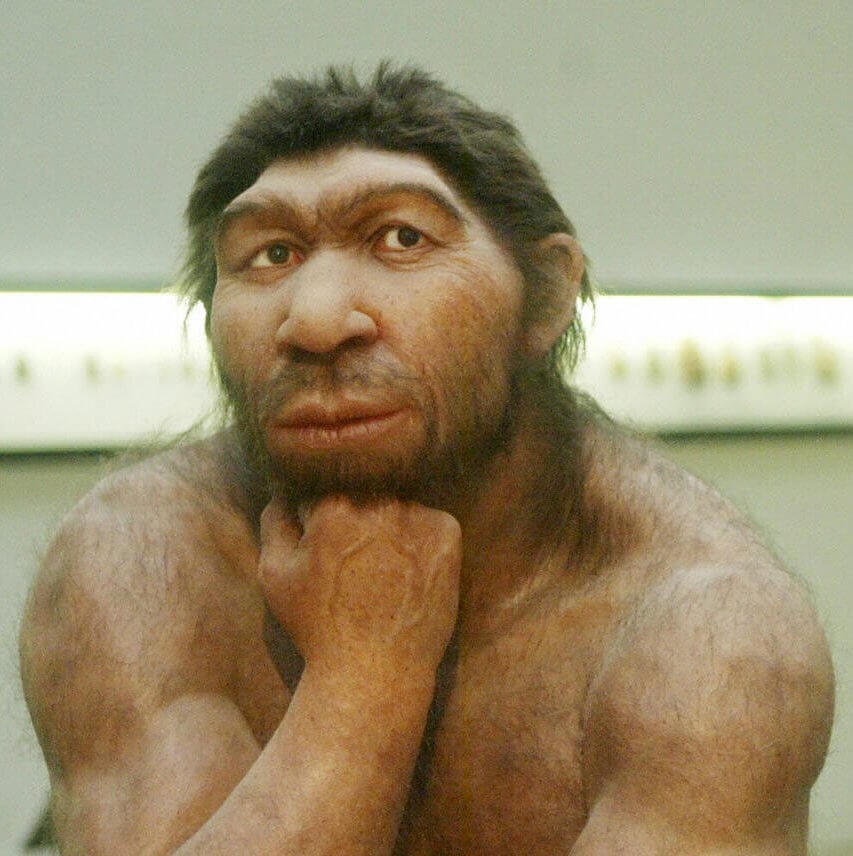
A DISCOVERY in a cave located in the Madrid region suggests that neanderthals had the capacity to collect trophies. That’s according to a study published this week in the magazine Nature Human Behaviour.
The research into the site in Madrid’s Pinilla del Valle shows that around 40,000 years ago, a small group of neanderthals armed with spears killed a wild bull. After eating its meat, they took part of the skull and the horns of the beast into a cave and covered it with stones.
This process was repeated a number of times, likely for generations.
Researchers from Spain’s CSIC public research institute found a total of 35 skulls from large herbivores on the site, all of which had horns.
They believe that the bones served as trophies, something that would, for the first time, prove that these primates had the capacity for symbolic actions. This kind of intelligence had, until now, been attributed only to humans.
‘There is nothing like this in the world, it’s exceptional,’ the coauthor of the study, paleoanthropologist Juan Luis Arsuaga, told Spanish daily ABC about the find.
‘There are no deer nor horses, which are common in other sites,’ he added. ‘They brought them from far away, they are carefully positioned in a horizontal position and protected by piles of stones.’
Another element that backs the theory is the fact that no other signs of day-to-day life were found in the cave – it was exclusively used for these trophies.
Enrique Baquedano, the main author of the article and the director of Madrid’s Archeology and Paleontology Museum, added that this discovery in Pinilla makes the site the ‘most attractive place for research into the behaviour of neanderthals.’
Read more:

